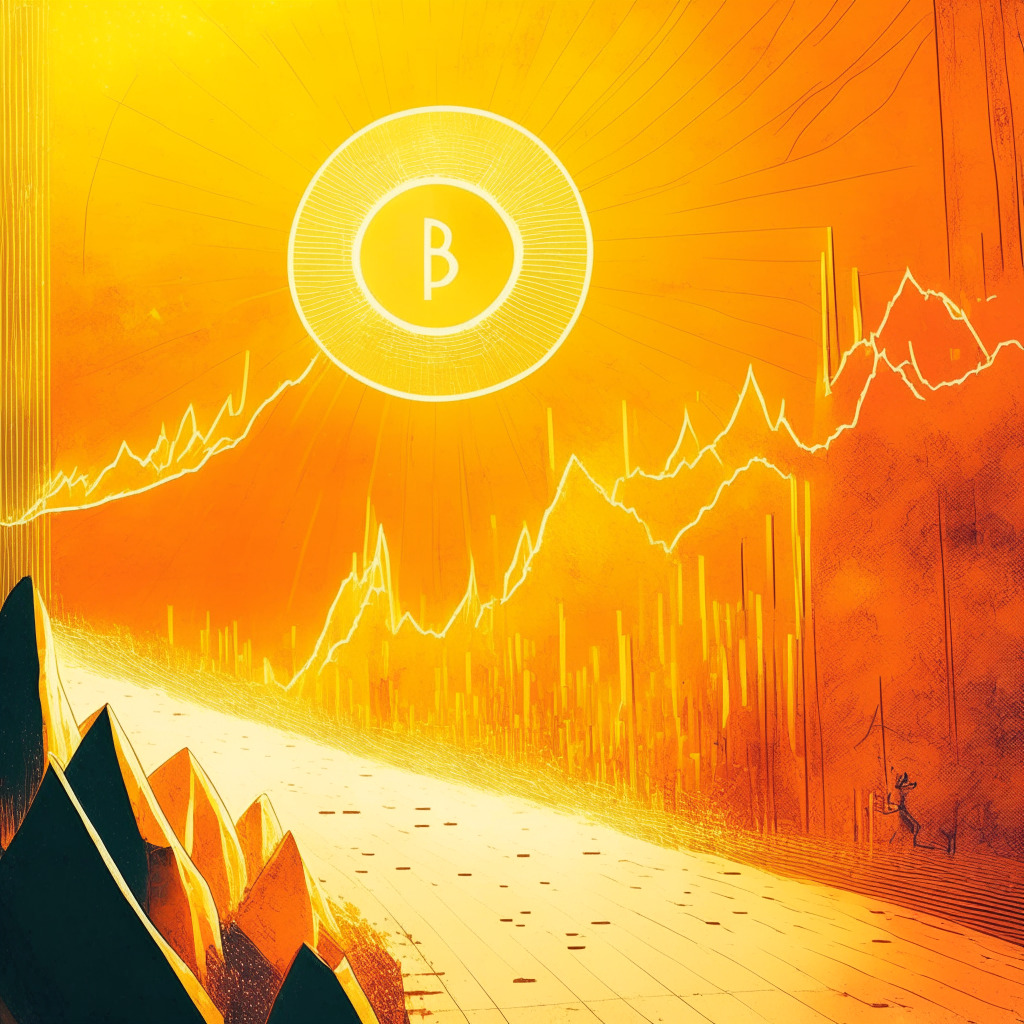Good morning, crypto enthusiasts. Recent market trends indicate Bitcoin’s trading opening in Asia down 4.9% at $27,981 and Ethereum falling 3.8% to $1,824. Despite the retreat from $30,000, many positive market indicators for Bitcoin still exist, according to Joshua Frank, co-founder and CEO of research platform The Tie. Bitcoin’s market cap dominance surges, yet liquidity challenges persist. Regulatory uncertainty and banking issues in the US may contribute to Bitcoin’s short-term correlation to gold, Frank said.
An interesting argument has been presented by Jack Tan, co-founder of the Taipei-based Woo Network: the West will continue to lead crypto’s future, while the East gains an increasingly significant role. Regulatory pressures in the US and EU have caused major crypto companies to look for more crypto-friendly jurisdictions, leading to an exodus of talent and capital. The East has responded with supportive regulations and announcements, cultivating crypto innovation and encouraging higher adoption rates.
However, Western founders and teams still dominate in innovation. Faster crypto adoption and an open regulatory environment do not automatically lead to Eastern dominance in the crypto market. Western countries boast stronger economies, exceptional talents, and well-established financial markets. With Westerners at the helm of most innovative firms in the crypto space, it is expected that innovative crypto projects will continue to emerge in the West. A partnership between the East and West might be the future model for crypto’s success.
In other news, Bitcoin set a new daily transaction record on the same day the US government engineered a bank buyout. While not directly related, crypto’s wider political impact might be seen in questioning the sanctity of central banks and established powers. Sotheby’s launches an on-chain secondary NFT marketplace called Sotheby’s Metaverse, allowing for the exchange of NFTs on the Ethereum and Polygon networks. CoinMarketCap is launching a TV show called “Killer Whale,” where entrepreneurs pitch ideas for Web3 products and projects to a panel of judges.
Lastly, Justin Sun, the founder of TRON, is set to reverse a $56M transfer to Binance after CEO Changpeng Zhao warned against a potential SUI token grab, emphasizing that Binance Launchpool’s purpose is to support retail users rather than a few whales. Blur has also launched Blend, a peer-to-peer lending platform that enables the purchase of blue-chip NFTs with smaller upfront payments, similar to a down payment on a house. As the crypto world evolves, innovation and collaboration between the East and West will continue to shape its future.
Source: Coindesk




